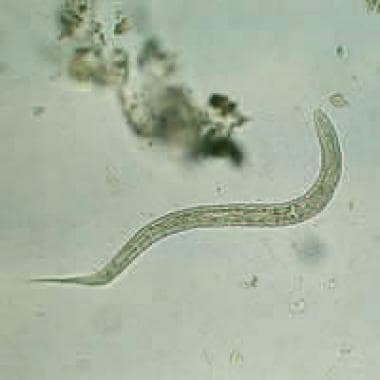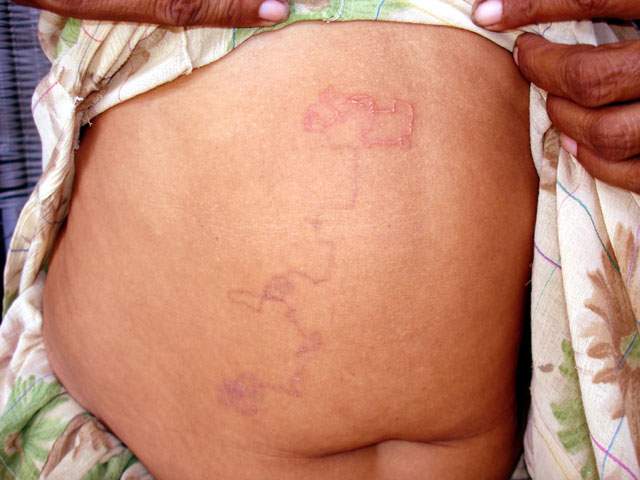
Diagnosis can be made using the “cellophane tape test.” Treatment includes mebendazole and household sanitation. vermicularis, or pinworm, causes irritation and sleep disturbances. Diseases caused by Enterobius vermicularis, Giardia lamblia, Ancylostoma duodenale, Necator americanus, and Entamoeba histolytica occur in the United States.

It is not intended to be a substitute for the advice of a medical expert.Intestinal parasites cause significant morbidity and mortality. Hookworm infection is usually not fatal, but it may be severe for infants and people who are already undernourished.ĭisclaimer: The information provided in this article is solely for educating the reader.
#Number of hookworms in humans skin
The best defense against hookworm infection comprises measures such as avoiding direct skin contact with soil in areas where the infection is common, not using night soil as a form of fertilizer, and regularly deworming pets. Problems occur when these parasites start growing rapidly in the body. Studies have revealed that a moderately small number of hookworms does not raise any concern, provided there is enough iron in the diet. Pyrantel pamoate is another medicine which can be used in both humans as well as dogs, however, the dosages vary. Medicines such as mebendazole or albendazole are recommended for the treatment as they help in killing adult hookworms.

Anemia may be associated with the symptoms which occur due to heavy infestation. However, people who suffer from long-term infection tend to be thin, tired, and weak. There are no specific signs of hookworm infection in humans, particularly at the start of the infection. Females can produce up to 30,000 eggs per day, which are excreted in the feces, and the cycle continues. It takes a few weeks before the larvae mature into adults and start mating. Here they latch on to the intestinal walls and start feeding on the blood. The larvae are then expelled from the lungs into the mouth through cough, and from there they finally make their way to their feeding ground – the small intestine. Thereafter, using the bloodstream as the carrier, they migrate in the body until they enter the lungs. Upon contact, these larvae attach themselves to the skin, usually on the foot, and break the skin to penetrate it. These eggs mature, hatch, and develop into infective larvae in 7-10 days.

When an infected person does that, the eggs are passed along with the feces. In developing nations of the tropics and sub tropics, given the unavailability of proper sanitary disposal system, most people defecate directly on grounds. Hookworm infection is more severe in children as it might cause growth retardation. The ill effect which follows includes anemia, and loss of iron (and protein) in the gut. americanus hookworm can feed on 0.03 mL of blood per day, and a A.

Hookworms are known as blood suckers as they ingest blood from the host’s intestinal walls and damage the mucosa. Infection caused by Necator americanus, on the other hand, can occur through penetration and oral transmission as well. Infection from Ancylostoma duodenale occurs solely through direct contact of the skin with soil contaminated with the parasitic larvae. Mostly, Ancylostoma duodenale and Necator americanus are the species of hookworms that cause the infection. Human hookworm infection does not cause any prominent symptoms, and that is why about 70% of people suffer from the infection without knowing about it. The Necator americanus, however, do not have teeth but rounded ventral cutting plates. The Ancylostoma duodenale hookworm species possesses 2 pointed ventral teeth on each side which it uses to suck blood from its host.


 0 kommentar(er)
0 kommentar(er)
